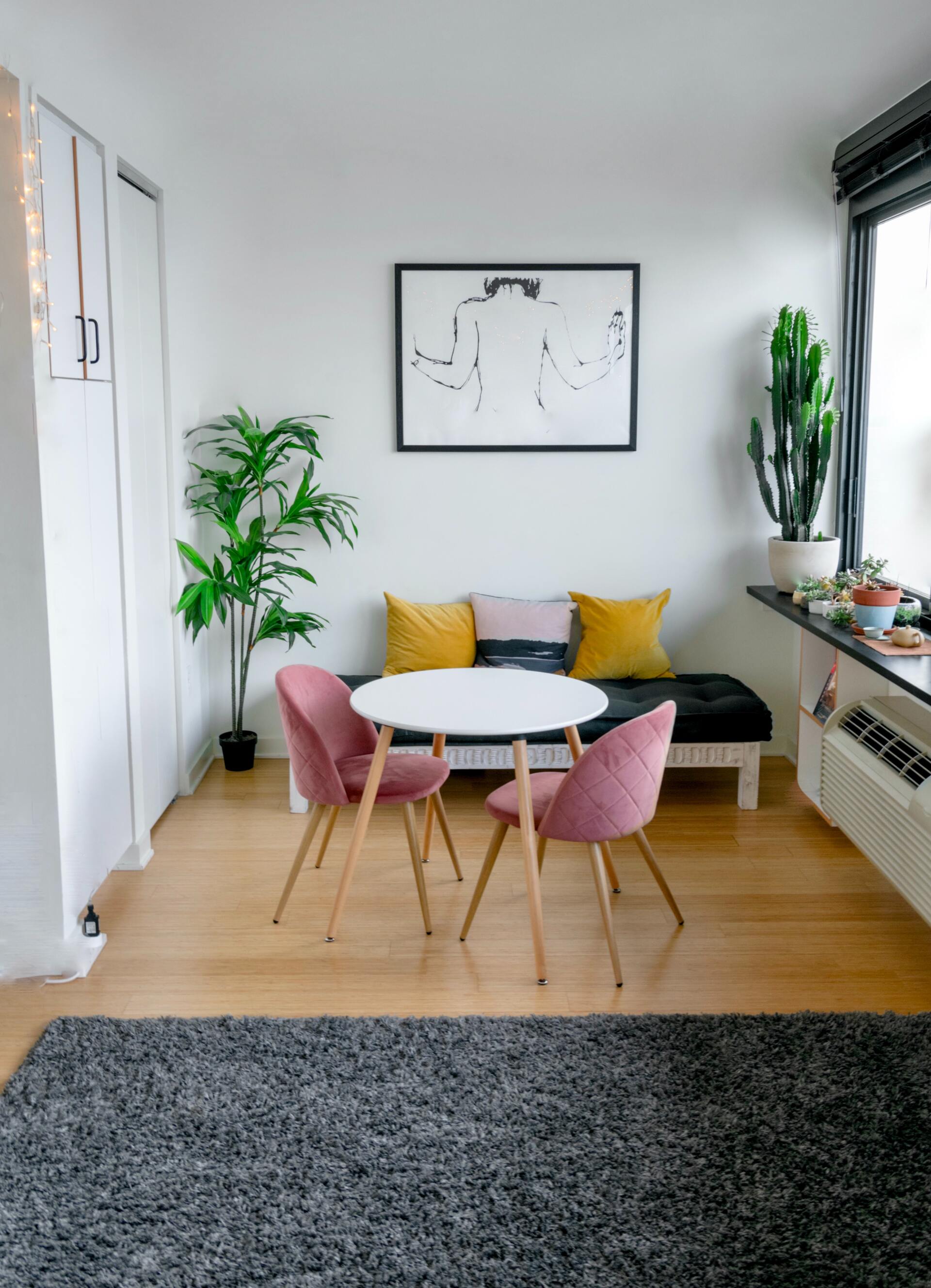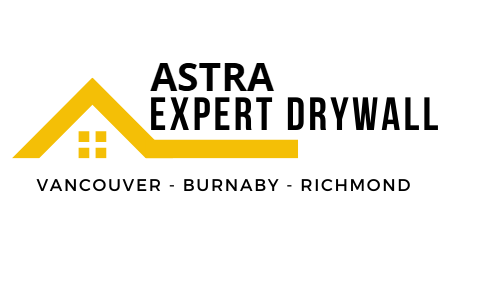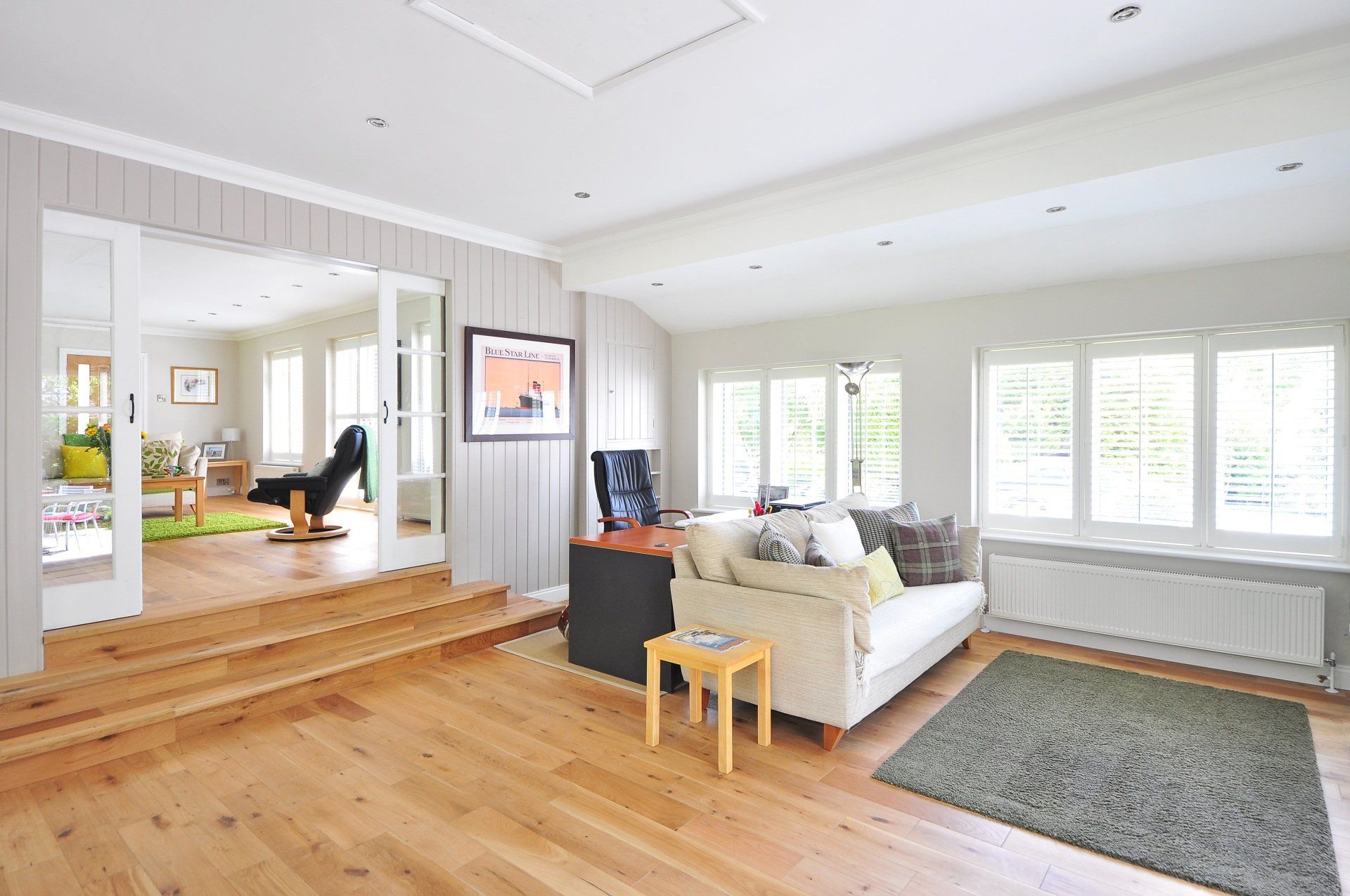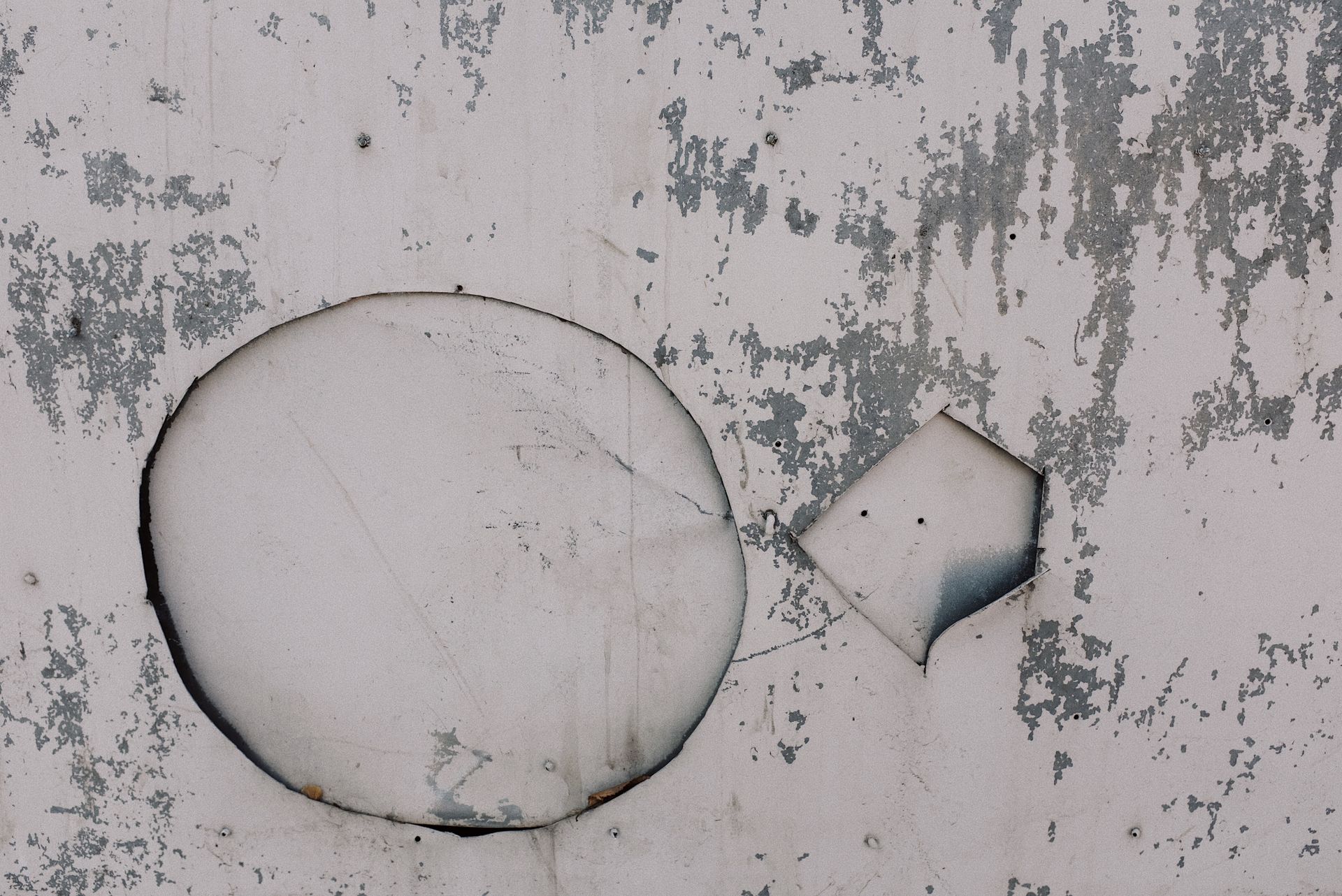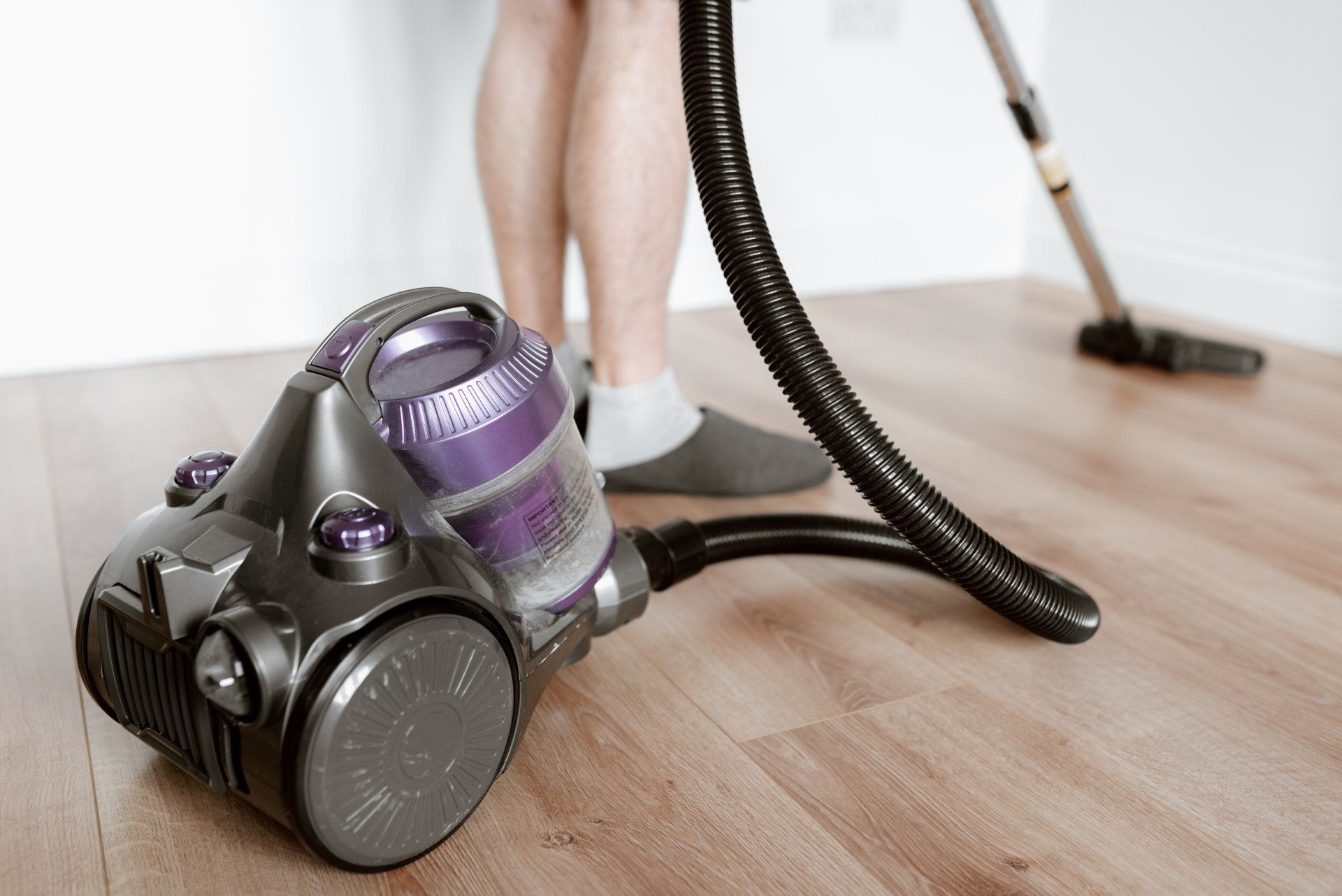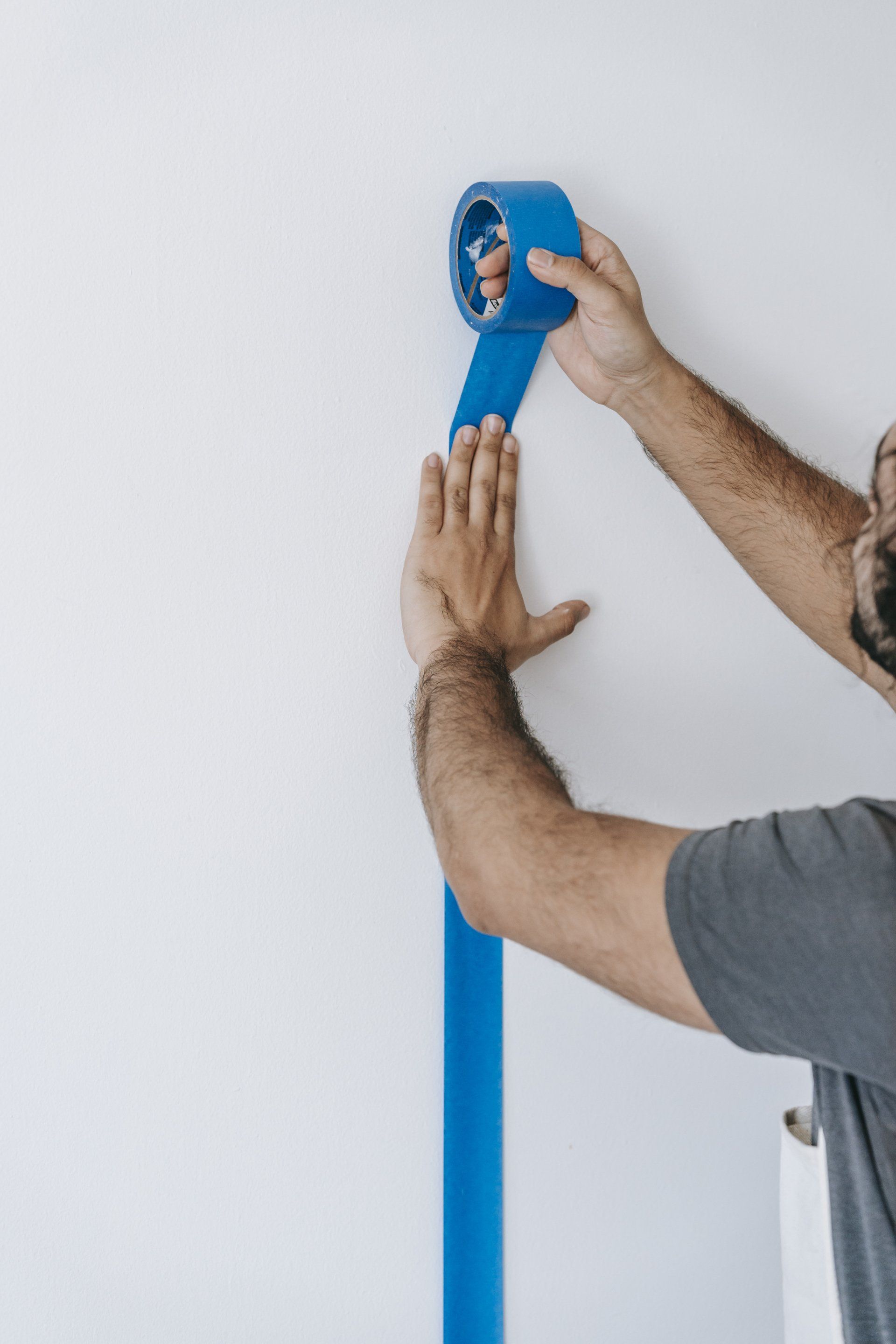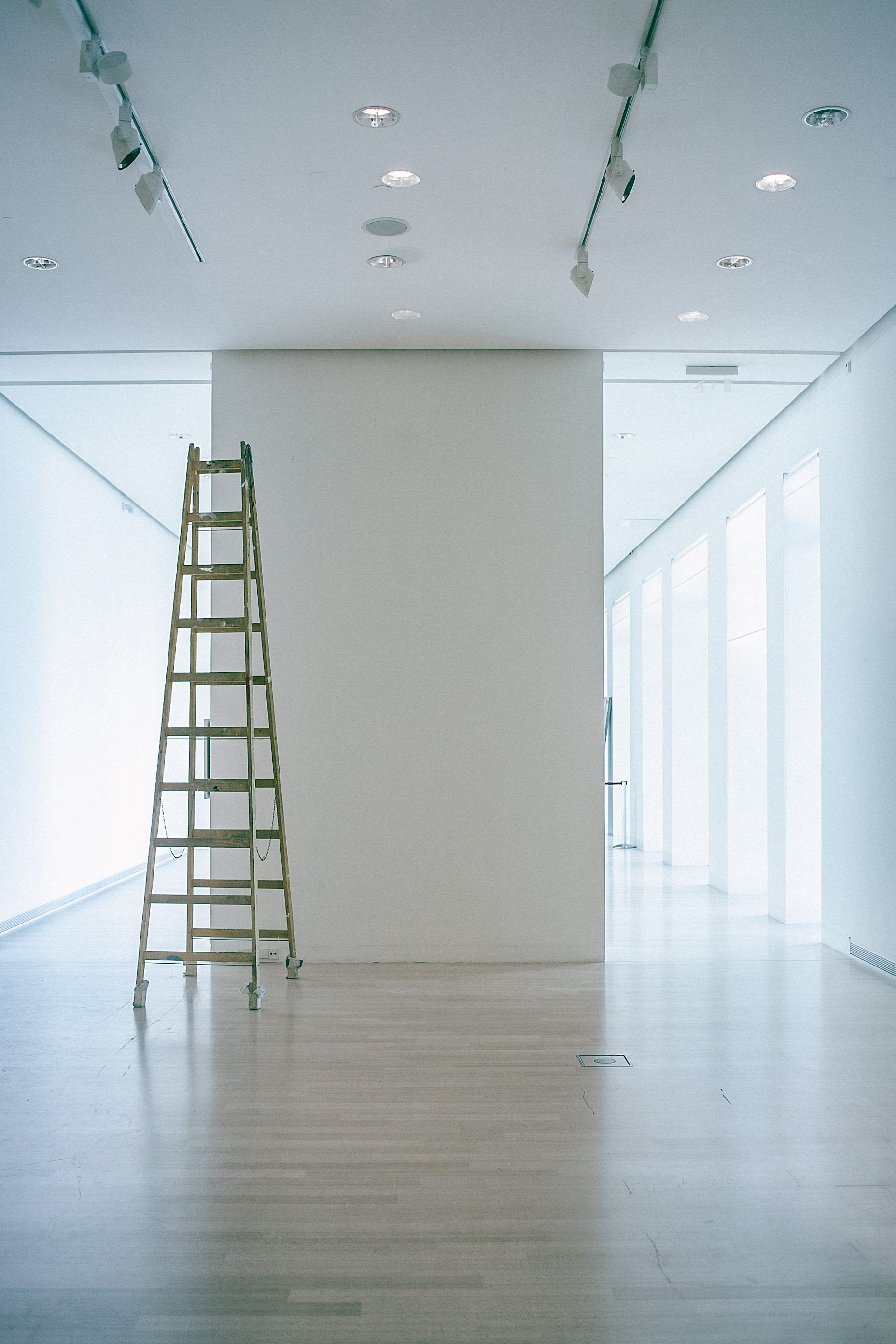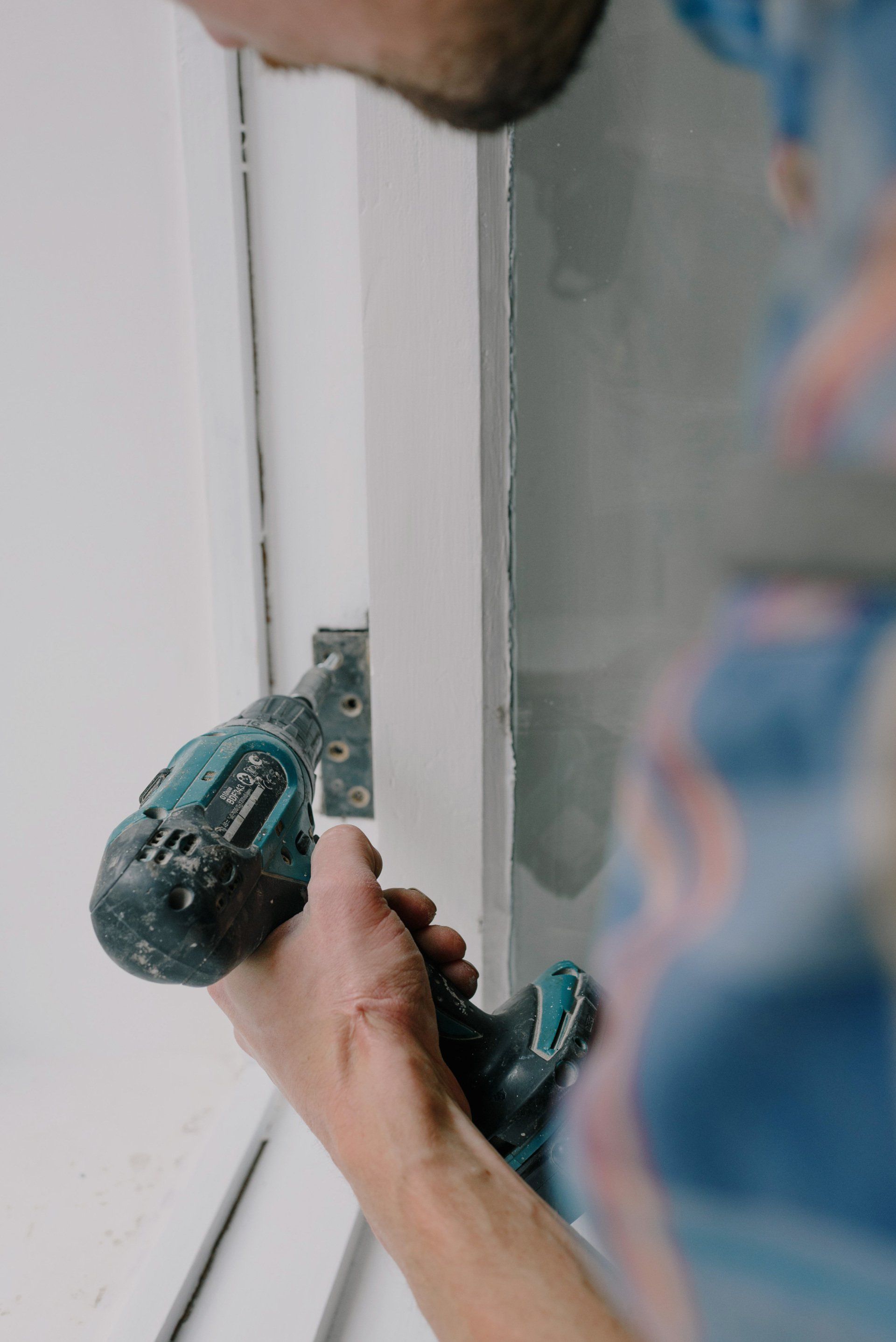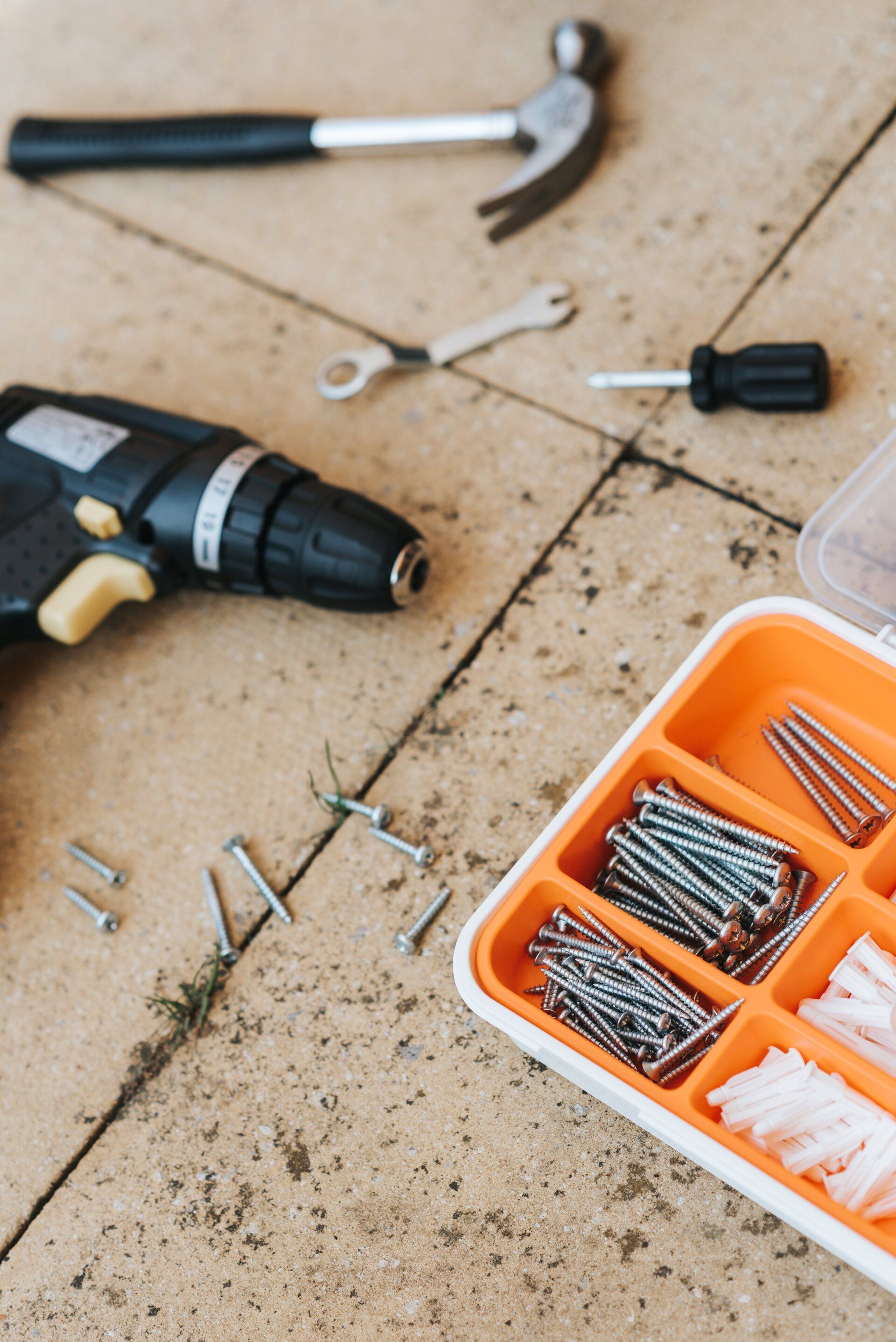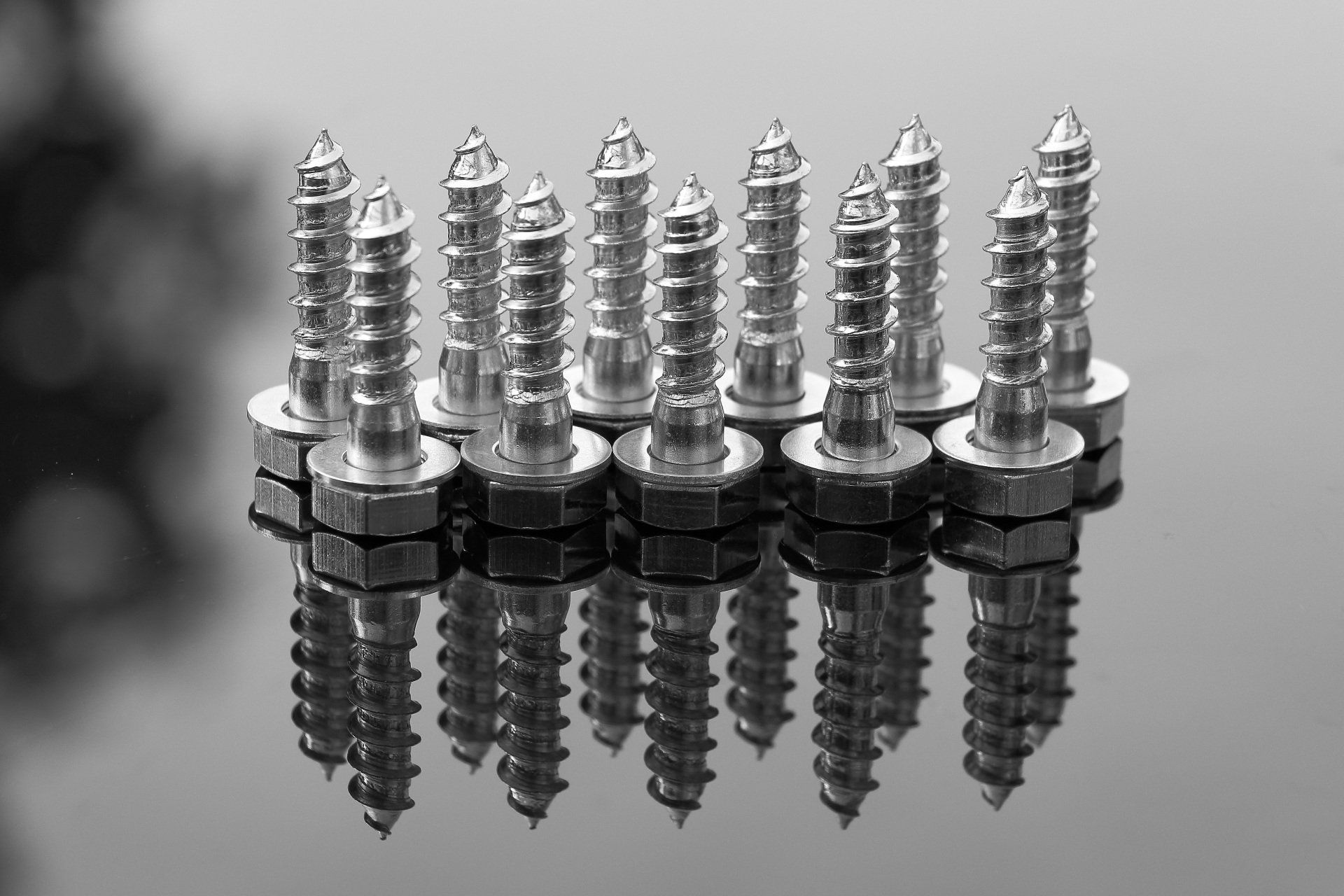How do you use a drywall sander?
How do you use a drywall sander?
Prior to priming and painting the wall, sanding is the penultimate step in the installation of drywall. After installing the drywall, you must apply multiple layers of mud and sand until it is smooth. Entrances and exits must be sealed as effectively as possible to prevent the spread of dust. Wear protective eyewear and a face mask to avoid inhaling particles. The inhalation of dust can cause severe lung damage. Even if you're inclined to open the windows for air circulation, resist the urge. Fine dust particles that are stirred up can spoil all of your hard work.
The installation of drywall requires the application of three layers of mud. Importantly, sanding should only be performed once, after the last layer. It is not required to sand between each layer, and doing so would just make an already difficult task more difficult. Utilize a drywall sander to level the drywall and smooth over the putty-filled gaps.
Various types of drywall sanders are available. A swivel pole sander makes it simple to sand ceilings and any wall surfaces. Manual sanders are useful for minor repairs. You can attach sandpaper or a sponge. Dustless sanders have built-in vacuums. They can access difficult-to-reach locations and employ mesh sandpaper that does not clog.
The wall must be entirely dry for sanding to be effective. You can only sand with a damp sponge if the mud is somewhat uniform or for small areas; clean and squeeze the sponge often as you work. This will prevent the mess and cleanup associated with dry sanding. It is essential to vacuum up every particle of dust as you go to prevent dust from settling into cracks. The walls must be cleaned after sanding and before priming and painting.
Ready to work with Astra Expert Drywall Vancouver?
Let's connect! We’re here to help.
Send us a message and we’ll be in touch.
Or give us a call today at 778-402-1136
More Tips, Tricks & Tools
